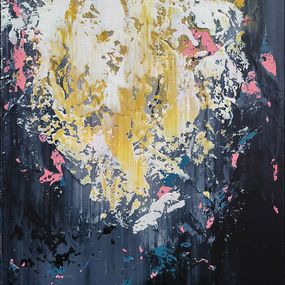
Acrylic Painting for Sale
Acrylic painting is a widely used technique in contemporary art, known for its versatility and durability. This synthetic paint consists of pigments similar to those in oil painting, but it is emulsified with water and bound with resin, making it fast-drying and long-lasting. Its rapid drying time and adaptability to various surfaces have made it a preferred choice among modern artists.
Despite its current popularity, acrylic paint is a relatively recent invention in the history of painting. Developed in the 1930s in the United States, its durability and quick-drying properties were initially utilized in industrial, construction, and automobile applications. In 1949, the printers Leonor Colour and Sam Golden introduced acrylic paint to the art market under the brand Magma, making it accessible to painters. Simultaneously, chemists at the National Polytechnic Institute in Mexico collaborated with muralists to refine its texture for large-scale frescoes, including the iconic façade of Mexico University.
The art world quickly embraced acrylic painting, particularly within abstract expressionism. Influential painters such as Willem de Kooning, Mark Rothko, and Morris Louis incorporated it into their works. However, it was in 1963 that acrylic paint truly revolutionized contemporary art. Under the brand Liquitex, Henry Levinson introduced a formula that allowed artists to dilute acrylics with water rather than turpentine, significantly increasing their usability.
This innovation made acrylic painting more accessible and practical, leading to its adoption by Pop Art icons like Andy Warhol and Roy Lichtenstein. Previously overshadowed by oil painting, which remained the dominant fine arts medium, acrylics gained prestige through the work of these influential figures. By 1965, acrylic paint expanded beyond the United States and entered European art circles. Belgian painter Pierre Alechinsky played a key role in popularizing it among Western European Surrealists after returning from New York. Other prominent artists, including Joan Miró and Max Ernst, embraced acrylic painting, cementing its status as a legitimate alternative to oil.
Compared to oil painting, acrylic paint aligns more closely with the fast-paced nature of modern art. Oil paint requires extended drying times and can crack over time, whereas acrylics dry quickly, resist water damage, and do not require varnishing. This resilience makes them easier to preserve and maintain. Additionally, acrylic paint adheres to various surfaces, including glass and fabric, offering greater creative freedom. Its texture enables artists to experiment with thickness and relief effects without compromising color purity.
Contemporary painters continue to explore the possibilities of acrylic painting, using it to create vibrant, long-lasting artworks. Artists such as John Kokkinos, Julien Colombier, and Maude Ovize showcase the versatility of acrylics in their modern compositions. With its practicality, durability, and adaptability, acrylic painting remains a dominant force in the art world, offering endless possibilities for expression across artistic movements and styles.
Save your search and find it in your favorites
Save your search to find it quickly
Saved search
Your search is accessible from the favorites tab > My favorite searches
Unsaved search
A problem occurred


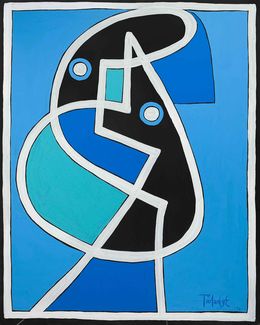
Retrato en azul
Enrique Pichardo
Painting - 100 x 80 x 2 cm Painting - 39.4 x 31.5 x 0.8 inch
€1,433
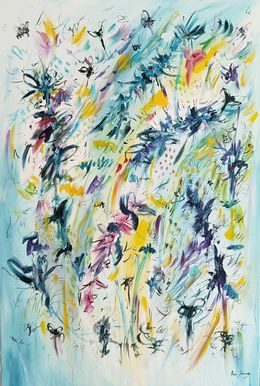
Les êtres de la nature
Âme Sauvage
Painting - 120 x 80 x 2.4 cm Painting - 47.2 x 31.5 x 0.9 inch
€1,050
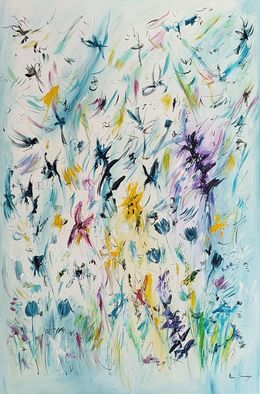
Les fées des fleurs
Âme Sauvage
Painting - 120 x 80 x 2.4 cm Painting - 47.2 x 31.5 x 0.9 inch
€1,050
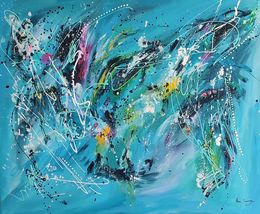

Mosaico en Ocres
Enrique Pichardo
Painting - 100 x 150 x 2 cm Painting - 39.4 x 59.1 x 0.8 inch
€2,465 €2,096
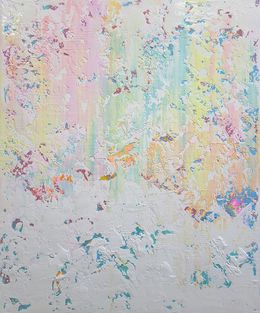

Echoes of the Alps
Nadin Antoniuk
Painting - 130 x 97 x 2 cm Painting - 51.2 x 38.2 x 0.8 inch
€2,200
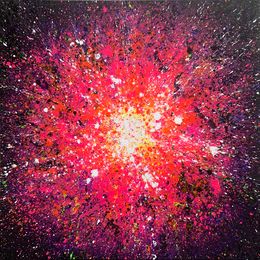
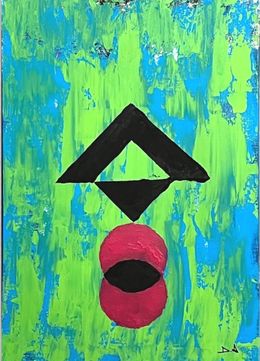
Eye of God Original Painting
Dervis Akdemir
Painting - 70 x 50 x 2.5 cm Painting - 27.6 x 19.7 x 1 inch
€558
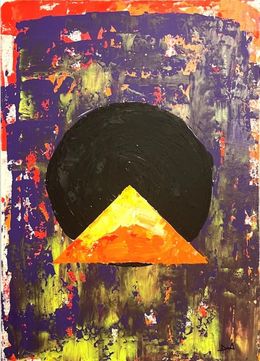
In the end, everything comes back
Dervis Akdemir
Painting - 70 x 50 x 2.5 cm Painting - 27.6 x 19.7 x 1 inch
€558

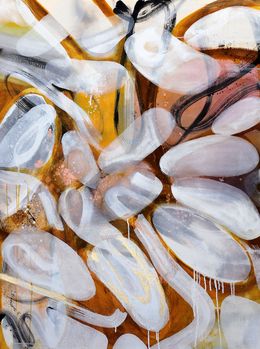
Noise of silence
Poonam Choudhary
Painting - 121.9 x 91.4 x 3.8 cm Painting - 48 x 36 x 1.5 inch
€733 €623

The way flowers look in the sun
Christian Valentine
Painting - 91.4 x 121.9 x 5.1 cm Painting - 36 x 48 x 2 inch
€1,901

Abstract R 2507
Alex Senchenko
Painting - 140 x 230 x 0.1 cm Painting - 55.1 x 90.6 x 0 inch
€2,973 €2,676

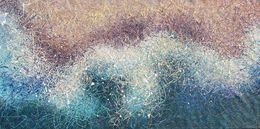
The Wave of Change
Nadin Antoniuk
Painting - 88 x 175 x 0.3 cm Painting - 34.6 x 68.9 x 0.1 inch
€2,300
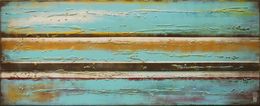
Little lined landscape
Ronald Hunter
Painting - 60 x 150 x 3 cm Painting - 23.6 x 59.1 x 1.2 inch
€989

Retrato en fondo amarillo
Enrique Pichardo
Painting - 183 x 153 x 5 cm Painting - 72 x 60.2 x 2 inch
€4,969
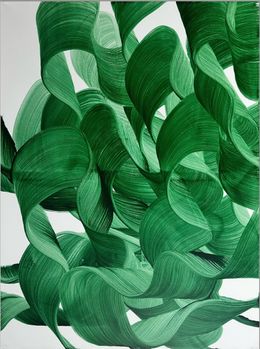
Respiration - Les vagues de couleur - N°11
Anaïs LF
Painting - 80 x 60 cm Painting - 31.5 x 23.6 inch
€800

Summer dreams
Behshad Arjomandi
Painting - 119.9 x 89.9 x 2 cm Painting - 47.2 x 35.4 x 0.8 inch
€1,521
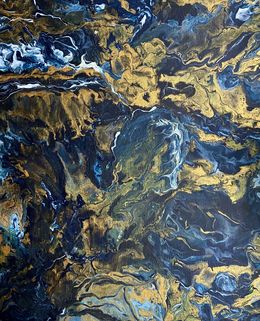
Pacification - Série les Révélations N°3
Anaïs LF
Painting - 61 x 50 cm Painting - 24 x 19.7 inch
€1,300
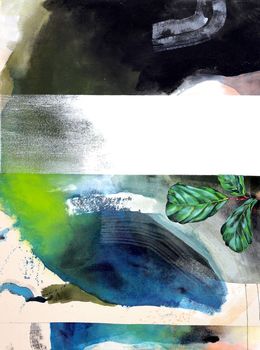



Chaleur tropicale
Martine Fauve Dechavanne
Painting - 81 x 116 x 2 cm Painting - 31.9 x 45.7 x 0.8 inch
€2,500

Les grandes vacances
Martine Fauve Dechavanne
Painting - 80 x 80 x 2 cm Painting - 31.5 x 31.5 x 0.8 inch
€1,900

Marine abstraite 2023-38
Fred Boutet
Painting - 40 x 120 x 3 cm Painting - 15.7 x 47.2 x 1.2 inch
€700

Like an angel XL 1
Peter Nottrott
Painting - 105 x 155 x 4 cm Painting - 41.3 x 61 x 1.6 inch
€2,390
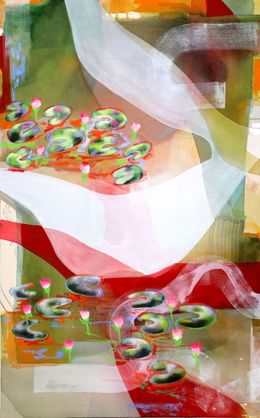


Réf. 116
Frédérique Barba
Painting - 130 x 97 x 2 cm Painting - 51.2 x 38.2 x 0.8 inch
€1,400 €1,232



Red Mustang Steve
Fabien Novarino
Painting - 80 x 80 x 1 cm Painting - 31.5 x 31.5 x 0.4 inch
€1,900
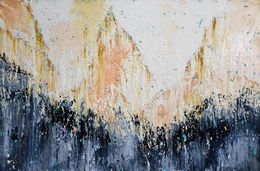
Abstract R 2508
Alex Senchenko
Painting - 140 x 225 x 0.1 cm Painting - 55.1 x 88.6 x 0 inch
€2,850 €2,565

Abstract R 2506
Alex Senchenko
Painting - 140 x 230 x 0.1 cm Painting - 55.1 x 90.6 x 0 inch
€2,973 €2,676
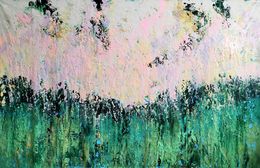
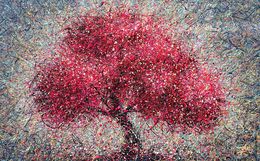
Dreaming in Pink
Nadin Antoniuk
Painting - 90 x 145 x 0.3 cm Painting - 35.4 x 57.1 x 0.1 inch
€2,350

A Silent Dance with Time (ready to hang)
Nadin Antoniuk
Painting - 100 x 60 x 2 cm Painting - 39.4 x 23.6 x 0.8 inch
€890
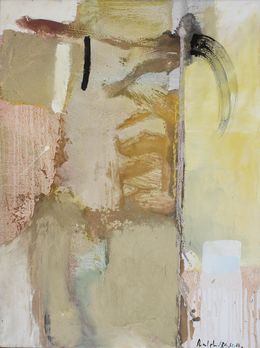

Living in colors - Composition of 56 paintings
Daniela Pasqualini
Painting - 121.9 x 137.2 x 2.5 cm Painting - 48 x 54 x 1 inch
€6,028

Retrato en fondo rojo
Enrique Pichardo
Painting - 200 x 130 x 5 cm Painting - 78.7 x 51.2 x 2 inch
€4,615

La violoniste au chapeau
Martine Fauve Dechavanne
Painting - 81 x 60 x 2 cm Painting - 31.9 x 23.6 x 0.8 inch
€1,500

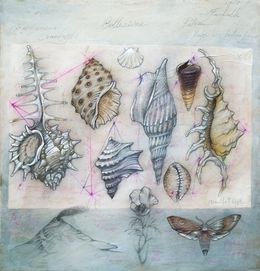
Collezione N°5
Alexander Daniloff
Painting - 42 x 40 x 1 cm Painting - 16.5 x 15.7 x 0.4 inch
€580 €493

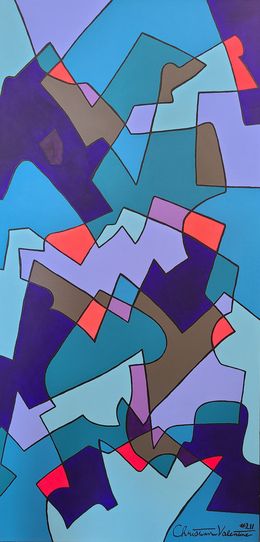
Evolution of color
Christian Valentine
Painting - 121.9 x 61 x 5.1 cm Painting - 48 x 24 x 2 inch
€974


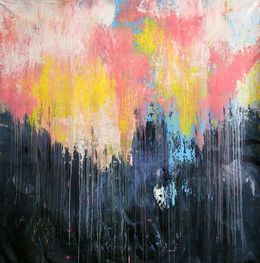
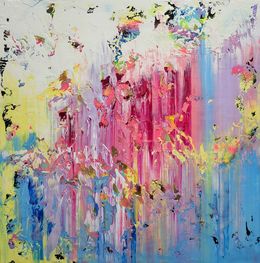




Kissing Memories
Katharina Hormel
Painting - 100 x 100 x 2 cm Painting - 39.4 x 39.4 x 0.8 inch
€1,600

With strength and grace 02
Poonam Choudhary
Painting - 121.9 x 76.2 x 5.1 cm Painting - 48 x 30 x 2 inch
€696

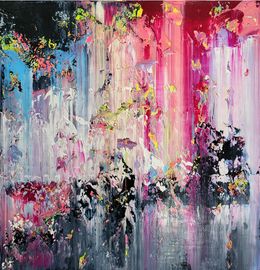
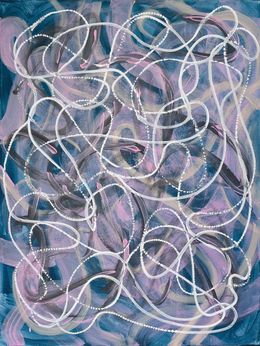

Played beautifully
Francesca Borgo
Painting - 50 x 70 x 0.1 cm Painting - 19.7 x 27.6 x 0 inch
€1,354

Mosaico en ocres
Enrique Pichardo
Painting - 150 x 200 x 1 cm Painting - 59.1 x 78.7 x 0.4 inch
€4,505 €3,604
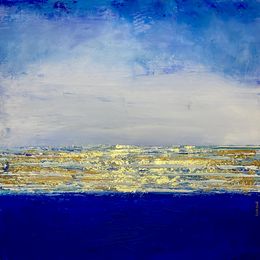

When the Light Returns
Nadin Antoniuk
Painting - 88 x 177 x 0.3 cm Painting - 34.6 x 69.7 x 0.1 inch
€1,800

Battements... (Origami 2023)
Olivier Messas
Painting - 36 x 36 x 2 cm Painting - 14.2 x 14.2 x 0.8 inch
€600



Out of the blue 02
Poonam Choudhary
Painting - 78.7 x 139.7 x 2.5 cm Painting - 31 x 55 x 1 inch
€1,113

Improvisación Macro
Enrique Pichardo
Painting - 210 x 500 x 5 cm Painting - 82.7 x 196.9 x 2 inch
€18,640

Improvisación en azul
Enrique Pichardo
Painting - 150 x 200 x 5 cm Painting - 59.1 x 78.7 x 2 inch
€5,325
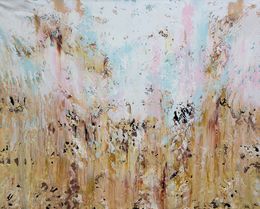
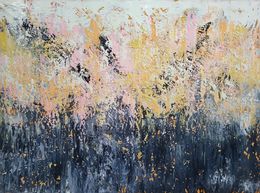
Abstract R 2429
Alex Senchenko
Painting - 140 x 200 x 0.1 cm Painting - 55.1 x 78.7 x 0 inch
€2,726 €2,453


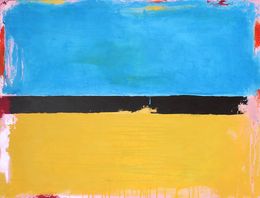



Persona YB2306
Alex Senchenko
Painting - 100 x 100 x 1.5 cm Painting - 39.4 x 39.4 x 0.6 inch
€1,487

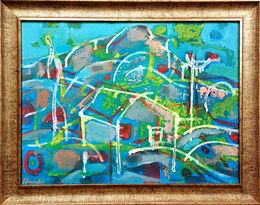
Homage to Cezanne-II
Stanislav Bojankov
Painting - 39 x 52 x 0.5 cm Painting - 15.4 x 20.5 x 0.2 inch
€600
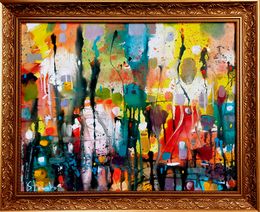
Just rainy-XCV
Stanislav Bojankov
Painting - 45 x 57 x 0.5 cm Painting - 17.7 x 22.4 x 0.2 inch
€790
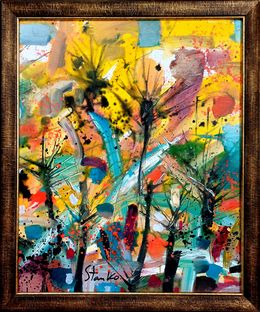
Autumnal mood-IV
Stanislav Bojankov
Painting - 56 x 46 x 0.5 cm Painting - 22 x 18.1 x 0.2 inch
€650
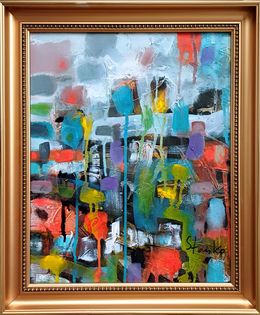
Rainy impressions-XXIII
Stanislav Bojankov
Painting - 42 x 34 x 0.5 cm Painting - 16.5 x 13.4 x 0.2 inch
€550

Rainy impressions-XXII
Stanislav Bojankov
Painting - 42 x 34 x 0.5 cm Painting - 16.5 x 13.4 x 0.2 inch
€550
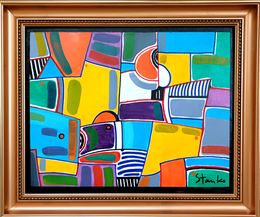
Imagination play-I
Stanislav Bojankov
Painting - 34 x 42 x 0.5 cm Painting - 13.4 x 16.5 x 0.2 inch
€550
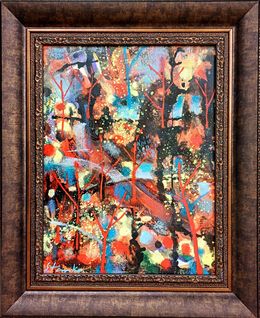
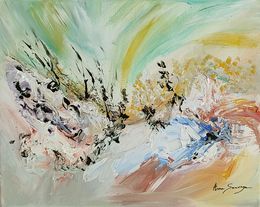


Out of the blue 03
Poonam Choudhary
Painting - 88.9 x 142.2 x 2.5 cm Painting - 35 x 56 x 1 inch
€1,113
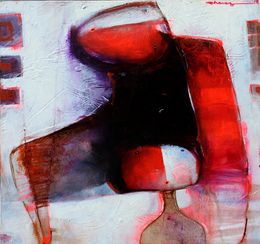
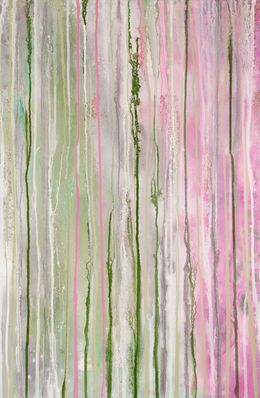

Underwater Magic 3
Hilary Winfield
Painting - 76.2 x 76.2 x 3.8 cm Painting - 30 x 30 x 1.5 inch
€737
Discover the styles & movements
Discover the selection of our experts
Acrylic paint has a wide range of usages. It can be used on surfaces such as wood, canvas, paper, ceramics and metal. It is used for both fine and decorative arts.
To create an acrylic painting, you will need a surface to paint on, some acrylic paint, and a tool to apply the paint to the surface with, such as a brush or sponge. You can plan the composition of the work beforehand, or apply the paint directly to the canvas in order to achieve the desired result.
Certain types of acrylic paints can contain toxins within their ingredients, similarly to oil paints. Acrylic paint dries quickly so it can be hard to go back and alter an acrylic painting. We also do not know how long acrylic paints last for, as they have only been around for abotu 50 years.







